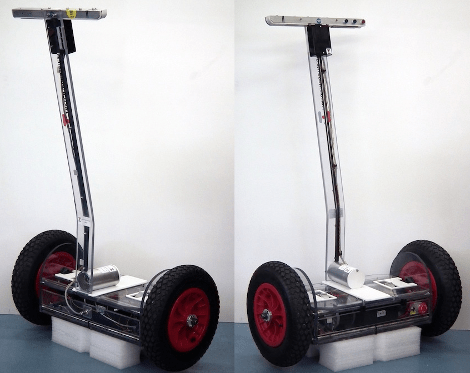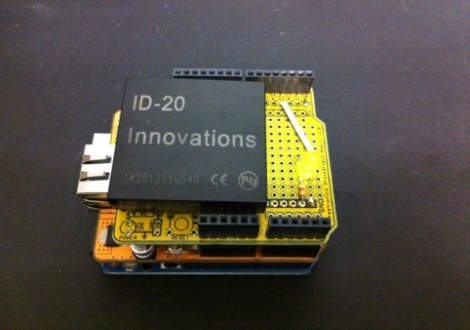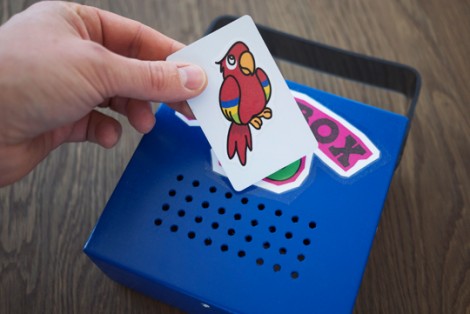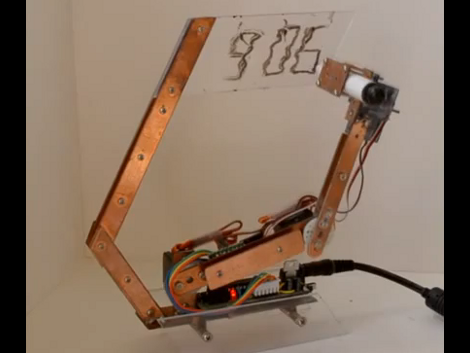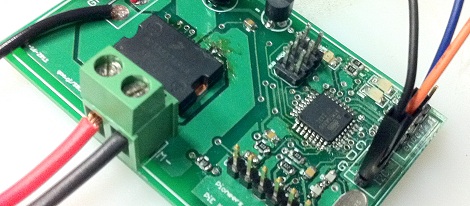
As a freshman at UC Berkeley, [Keegan] has been helping out with his school’s Pioneers in Engineering program that gives high school students some hands on experience with engineering principles, usually by building robots. This year, [Keegan]’s project is a motor controller that just so happens to play the nyan cat song over the motor PWM output.
The motor controller is meant to replace the Pololu simple motor controller the PiE team is currently using. Onboard is an H-bridge chip and an ATmega328 that takes commands from an I2C bus. The ‘328 is loaded up with the Arduino bootloader making the firmware very accessible – a good thing for the high school students that will be building and programming these robots.
[Keegan] put up the Eagle files for the board up on the PiE Wiki. For now, just enjoy the dulcet tones of the pop tart cat theme song after the break.

